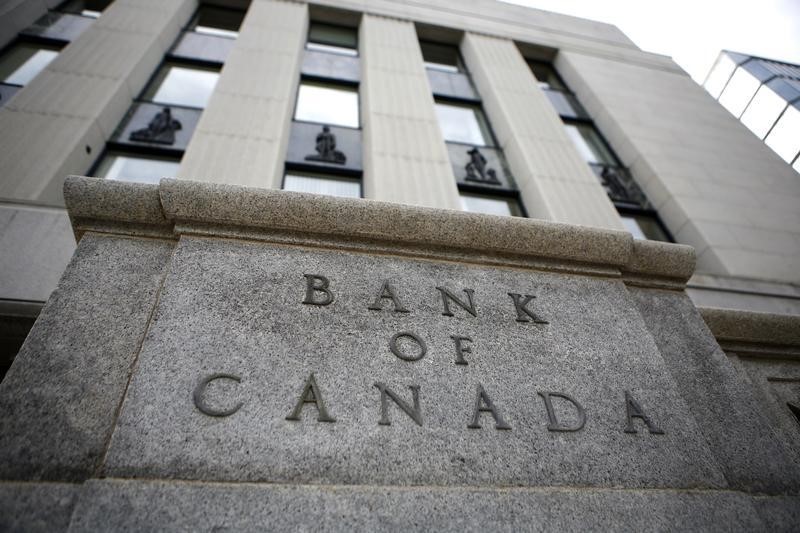(Adds background, details, comments from Poloz, paragraphs 2-10)
By Leah Schnurr
OTTAWA, Oct 24 (Reuters) - A further easing from the Bank of Canada would bring the central bank closer to unconventional monetary policy and the decision on whether to cut rates again is not one to take lightly, Governor Stephen Poloz said on Monday.
The Bank of Canada last week held rates at 0.50 percent but admitted it had actively considered cutting for the third time in two years. rates already so low, the bank has laid out a number of unconventional measures that are in its toolkit if need be, including negative interest rates, asset purchases and forward guidance. It has said there is not a prescribed order for using those tools.
"We have to weigh the risks of waiting longer against what are the costs associated with doing something more immediate," Poloz said during his appearance before lawmakers.
"If we were to be easing further, we'd be very close to using unconventional tools, so that is of course not a decision we would take lightly."
Poloz's comments helped the Canadian dollar rally against its U.S. counterpart as it tempered market speculation about further rate cuts. CAD/
Poloz said the two-speed nature of the economy as parts of the country adjust to the oil price shock makes it difficult to speed up the regions where growth is accelerating.
The head of the central bank also said that given the negative impact of the drop in oil on Canada, its economy could diverge from that of its neighbor to the south for three years or more.
"In the economic models, it is expected that there would be a divergence in monetary policy as well," Poloz added.
Some analysts expect the U.S. Federal Reserve will raise rates before the end of the year, while the Bank of Canada is widely expected to stay on the sidelines until into 2018. CA/POLL
Poloz said he would not want to comment on a specific level where the government's budgetary deficit could become a concern, though he said that with Canada's fiscal position, the government has a considerable amount of flexibility.
Earlier, the bank renewed its inflation target at 2 percent and said it will change the way it measures inflation in order to better gauge long-term trends. (editing by Diane Craft and David Gregorio)
